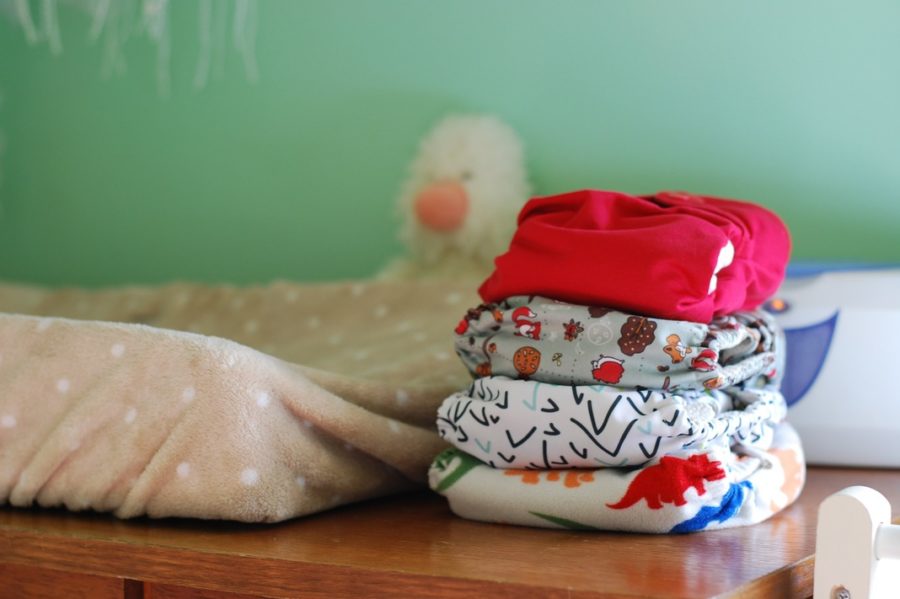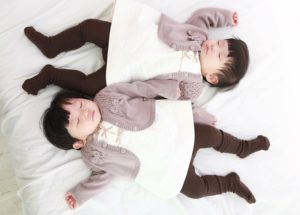Whether you prefer cloth or disposable diapers, diapers are part of your parenting experience.
Newborn babies will go through 10 diapers or more every day, and the average baby does not start potty training until around 21 months old. Currently, U.S. The Environmental Protection Agency ( EPA) reports 8,000 diapers will be used by the average infant before potty training.
Luckily when it comes to diapers, there’s no right or wrong decision. If that fits your baby, lifestyle, and budget, you can choose one or the other or a combination of both.
Here’s everything you need to learn about cloth or disposable diapers so you and your baby can make the correct decision.
What Are Cloth Diapers?
Cloth diapers are conventional diapers and have been used for centuries. They are made of natural materials, for example, cotton. They come in different ways such as flat, pre-folded, fitted, contoured, tied-up, shaped, etc. Most of the cloth diapers these days are hybrid diapers, which contain a waterproof outer fabric and a water-absorbing material inside. The most important thing to learn about cloth diapers is that they are reusable and like all other clothes they can be disinfected and cleaned.
What Are Disposable Diapers?
In 1948, disposable diapers were invented. In their inner lining, they have highly absorbent fabrics, making them much more effective than cloth diapers while still offering comparable levels of comfort. Because of this, they quickly took over the cloth diapers market, and are still the most popular types of diapers used. Disposable diapers are used only once because they can not be washed and have to be discarded.
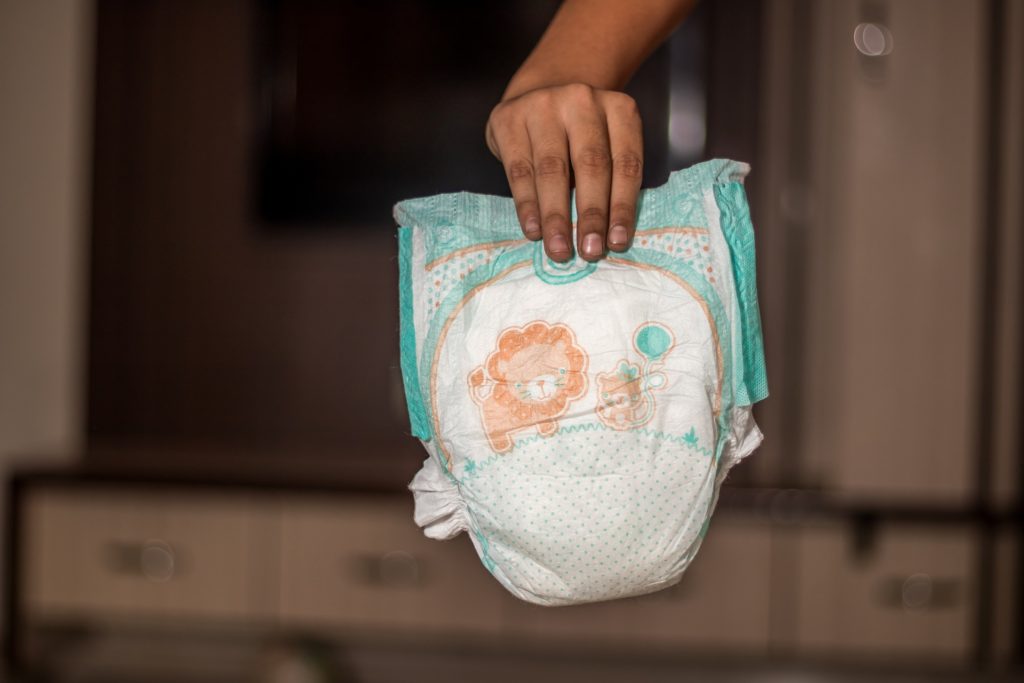
Cloth or Disposable Diapers – Which is Better?
The choice is not easy as they have their respective advantages and drawbacks to use a cloth or disposable diapers. But once you see what both forms bring, you can decide for yourself. Here are a few advantages and drawbacks of cloth diapers vs disposable diapers.
1. Cost
For most people, the cost is a significant factor, as diapers are needed for at least a few years. Buying disposable diapers for your child would cost about five times as much as buying a cloth diaper instead, even if you use the best fabric available. However, some side costs obviously have to be considered when cloth diapers are used. Using washing machines to clean them, for example, will raise the water and electricity bills; new diaper liners have to be purchased regularly; baby-friendly detergents are pricey, purchasing additional paraphernalia such as drying racks, etc.
2. Comfort and Absorption
Cloth diapers are made of cotton, hemp, flannel, muslin, wool, bamboo, linen, and even silk. Such fabrics are used in combination with human-made fabrics such as nylon, suede, and polyester that are used as non-absorbent liners to hold the diaper dry. Disposable diapers, on the other hand, are made of polyethylene, polyurethane, or related plastics and give greater absorption. Research groups in Germany have found that babies wearing disposable diapers have slightly higher genital skin temperatures in terms of comfort, which may possibly lead to a reduction in sperm production. On the other side, cloth diapers provide enough room for the infant to subtly keep moving about while still keeping everything in place. This allows air to circulate within the diaper, which cools the skin of the infant.
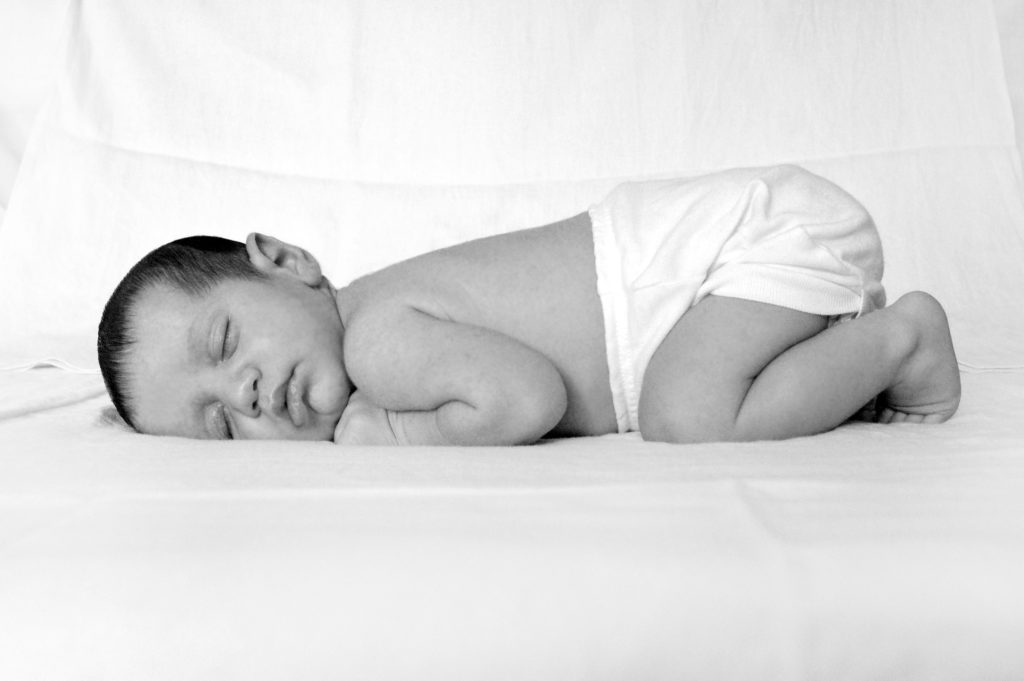
3. Effects on Health
Disposable diapers may have coloring and fragrances to offer nice colors and aromas. Any additives used to make disposables are by-products of petroleum. Chemicals such as dioxin are considered to be carcinogens from these. Many of these compounds can also intensify asthma symptoms in children. There are no specific reports, though, that the disposable diapers have any impact on the health of children. Moreover, cloth diapers result in much fewer cases of diaper rash, because they are far more absorbent. However, it will be best to use cloth diapers instead if you are the sort of parent to lean on the side of caution. To counter rash problems with cloth diapers, simply change your baby’s diapers more often.
4. Impact on the Environment
Most children are likely to use about five to seven thousand diapers before switching to underclothes and the production of disposable diapers has a serious environmental impact. For example, cutting down trees, plastic manufacturing, the introduction of a variety of substances and their transportation would ultimately cause air, water, and soils to be contaminated by the waste products of these processes. The ecological footprint of disposable diapers is greatly increased every year by more than one hundred billion disposable diapers carted to garbage dumps worldwide.
However, the reuse of a few cloth diapers, say about 30, is a major improvement. Moreover, the use of disposable diapers can lead to a landfill for your baby’s feces, create biohazards, and encourage the spread of diseases, because human waste alone is intended to reach the toilet. If you use disposable diapers, the toilets of your baby are flushed down to the sewer line where the municipality and city company handle wastewater efficiently and pump it back into water bodies.
5. Convenience
Disposable diapers are easy to use because they come with foolproof sealing techniques, which require no time to understand. Although cloth diapers used to change children through complicated folding methods, they are now fitted with snap buttons or Velcro strips to close. They have even leakproof bars, which prevent waste from running down legs. However, as absorbent as cloth diapers can be, they do need to be adjusted more frequently than a disposable diaper might have. Traveling on cloth diaper is a major problem, as you face the issue of carrying a soiled diaper in your bag.
In selecting the appropriate diaper it is vital to know the proper hygienic practice that will keep your child clean and dry, avoiding a diaper rush and other issues. It is vital that you determine whether you want cloth diapers, disposable, or both. Furthermore, there can be no compelling proof that cloth diapers are better than or vice versa. Parents should however consider both kinds of advantages and disadvantages and then decide what works best for their child.
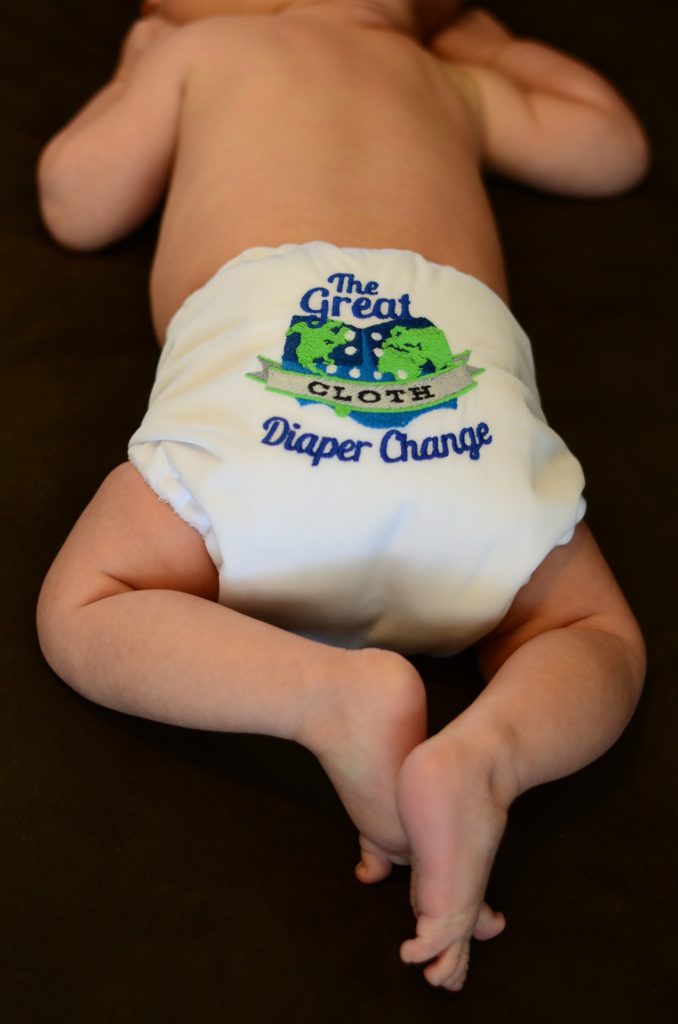
You will now understand which one is for you with a clear understanding of the advantages and disadvantages of each style of diaper. You can pick one or turn from one to another depending on your comfort. At the end of the day, it depends on your baby’s choice and comfort, so trust your intuition – ‘Mommy Knows Best’ after all!
Also Read: How To Take Care Of Toddlers’ Nails



